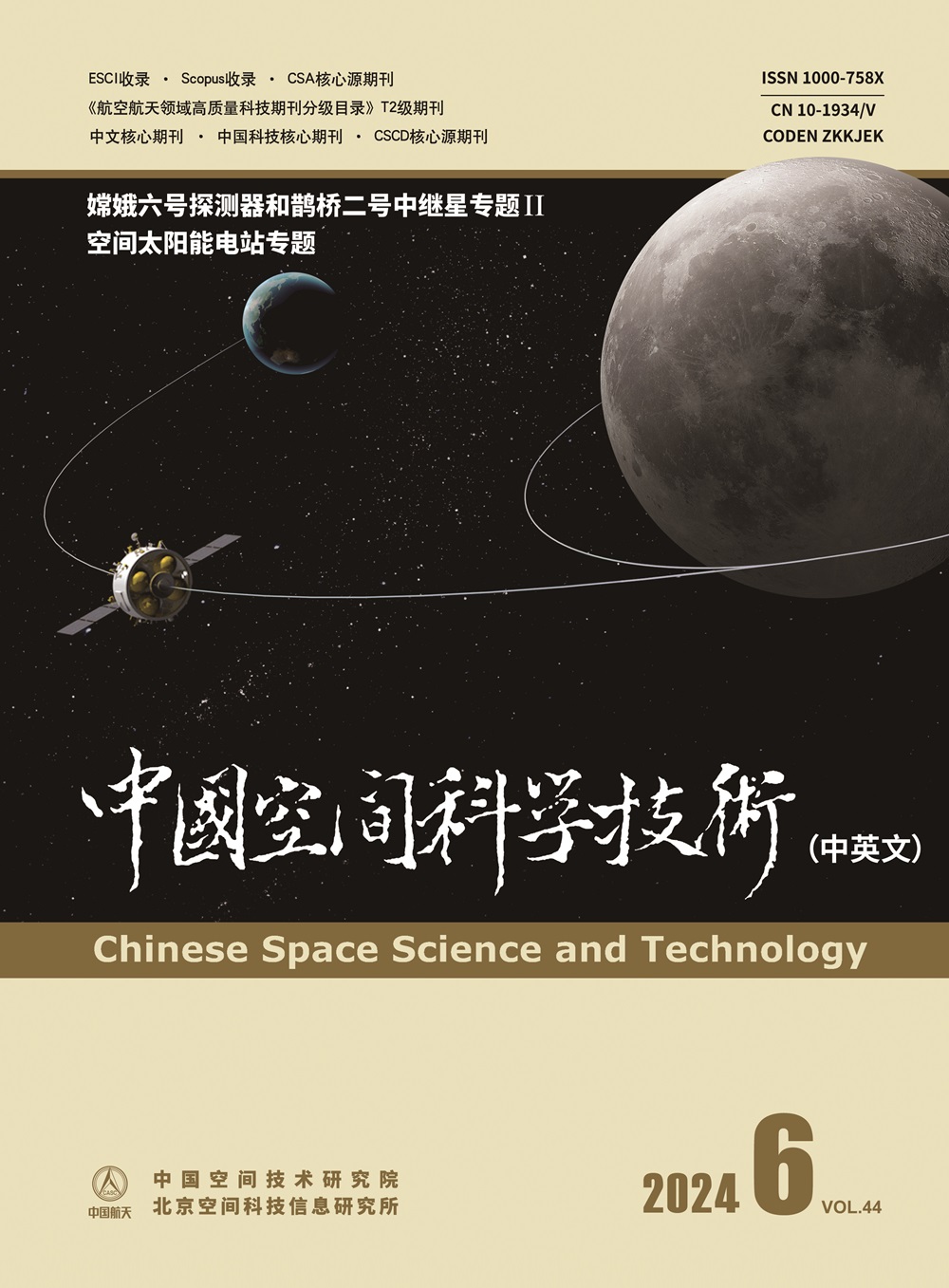嫦娥五号动力下降制导导航与控制
IF 0.5
4区 工程技术
Q4 ENGINEERING, AEROSPACE
引用次数: 21
摘要
为实现嫦娥五号采集月球样本并返回地球的目标,嫦娥五号着陆器和上升器于2020年12月1日成功着陆月球表面。制导、导航和控制(GNC)系统是完成这一任务的关键系统之一。此前嫦娥三号、嫦娥四号的GNC系统为嫦娥五号的LAM提供了基准设计,而LAM的质量变大、液体晃动等新特性也给GNC设计带来了新的挑战。本文介绍了飞机下降和着陆的GNC设计。详细介绍了动力下降过程中每个阶段的制导方法。在设计中应特别考虑推进剂的消耗和避免危险。采用由四元数分割控制、相位和增益稳定滤波器和双观测器组成的可重构姿态控制。该控制器能提供快速的姿态机动和较好的系统鲁棒性。针对导航问题,提出了一种智能异构传感器数据融合方法,并将其应用于惯性测量单元和测速仪数据。最后给出了LAM的飞行结果。导航传感器能够在下降过程中提供有效的测量数据,推进器和主发动机也按预期运行良好。因此,LAM成功实现了软着陆。本文章由计算机程序翻译,如有差异,请以英文原文为准。
Guidance Navigation and Control for Chang’E-5 Powered Descent
To achieve the goal of collecting lunar samples and return to the Earth for the Chang’E-5 spacecraft, the lander and ascender module (LAM) of the Chang’E-5 spacecraft successfully landed on the lunar surface on 1 Dec., 2020. The guidance, navigation, and control (GNC) system is one of the critical systems to perform this task. The GNC system of previous missions, Chang’E-3 and Chang’E-4, provides the baseline design for the Chang’E-5 LAM, and the new characteristics of the LAM, like larger mass and liquid sloshing, also bring new challenges for the GNC design. The GNC design for the descent and landing is presented in this paper. The guidance methods implemented in the powered descent are presented in detail for each phase. Propellant consumption and hazard avoidance should be particularly considered in the design. A reconfigurable attitude control is adopted which consists of the quaternion partition control, phase and gain stabilization filter, and dual observer. This controller could provide fast attitude maneuver and better system robustness. For the navigation, an intelligent heterogeneous sensor data fusion method is presented, and it is applied for the inertial measurement unit and velocimeter data. Finally, the flight results of the LAM are shown. Navigation sensors were able to provide valid measurement data during descent, and the thrusters and the main engine operated well as expected. Therefore, a successful soft lunar landing was achieved by the LAM.
求助全文
通过发布文献求助,成功后即可免费获取论文全文。
去求助
来源期刊

中国空间科学技术
ENGINEERING, AEROSPACE-
CiteScore
1.80
自引率
66.70%
发文量
3141
期刊介绍:
"China Space Science and Technology" is sponsored by the China Academy of Space Technology. It is an academic and technical journal that comprehensively and systematically reflects China's spacecraft engineering technology. The purpose of this journal is to "exchange scientific research results, explore cutting-edge technologies, activate academic research, promote talent growth, and serve the space industry", and strive to make "China Space Science and Technology" a first-class academic and technical journal in China.
This journal follows the principle of "let a hundred flowers bloom and a hundred schools of thought contend", promotes academic democracy, and actively carries out academic discussions, making this journal an important platform for Chinese space science and technology personnel to publish research results, conduct academic exchanges, and explore cutting-edge technologies; it has become an important window for promoting and displaying China's academic achievements in space technology.
 求助内容:
求助内容: 应助结果提醒方式:
应助结果提醒方式:


